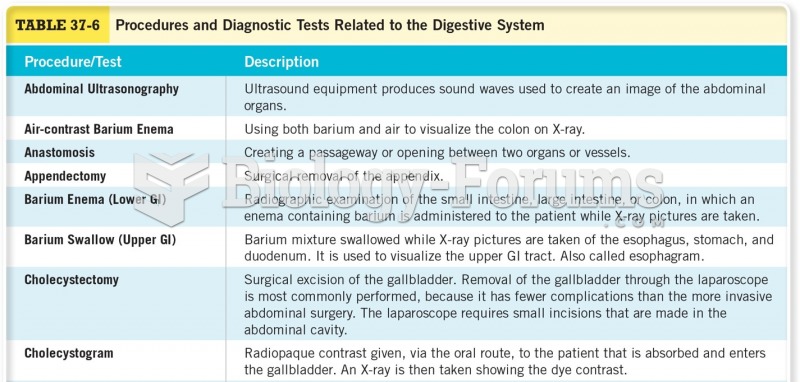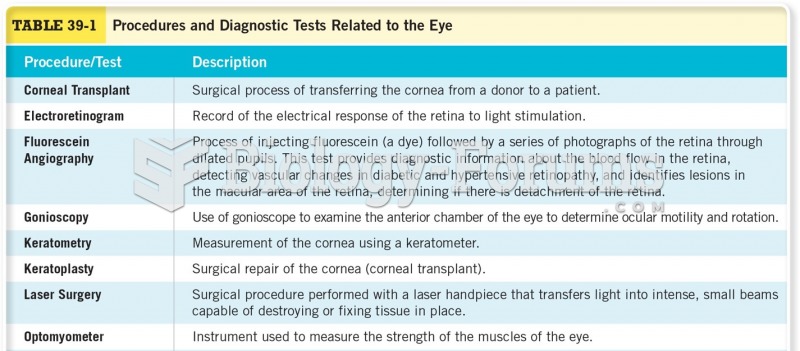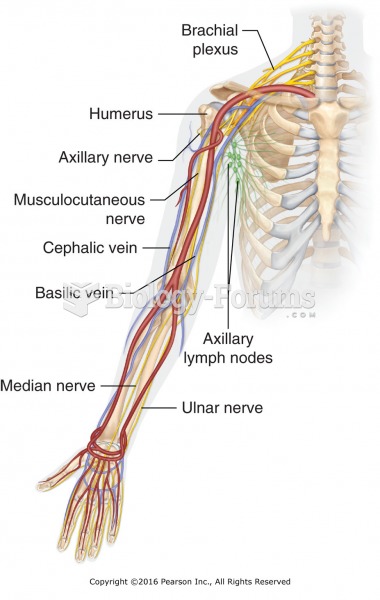Answer to Question 1
A
A large-sized fetus is a common risk factor for shoulder presentation and dystocia. Shoulder dystocia occurs when the fetal shoulder width is so large that it is not deliverable beneath the maternal symphysis pubis without additional delivery interventions or fetal injury. Shoulder dystocia occurs when the anterior shoulder of the fetus is aligned with the anteroposterior line of the pelvis and becomes lodged behind the symphysis pubis; the alignment is appropriate but the size of the shoulders prevents anterior shoulder progression toward delivery; or the posterior shoulder becomes lodged behind the sacral promontory.
Answer to Question 2
2
Rationale: This is a serious complication, and delay in treatment could mean lethargy and seizures. Therefore, the other options (checking urine for hematuria, encouraging bedrest, and obtaining serum electrolytes) do not directly address the potential problem of encephalopathy.
1. This is a serious complication, and delay in treatment could mean lethargy and seizures. Therefore, checking urine for hematuria does not directly address the potential problem of encephalopathy.
2. Blurred vision and headache can be signs of encephalopathy, a complication of acute glomerulonephritis. The nurse should obtain a blood pressure and notify the physician. The physician might decide to order an antihypertensive to lower the BP.
3. This is a serious complication, and delay in treatment could mean lethargy and seizures. Therefore, reassuring the child and encouraging bedrest do not directly address the potential problem of encephalopathy.
4. This is a serious complication, and delay in treatment could mean lethargy and seizures. Therefore, obtaining serum electrolytes and sending urinalysis to the lab do not directly address the potential problem of encephalopathy.







